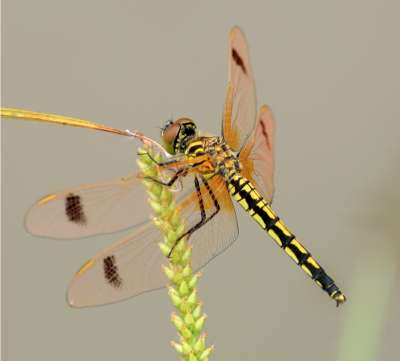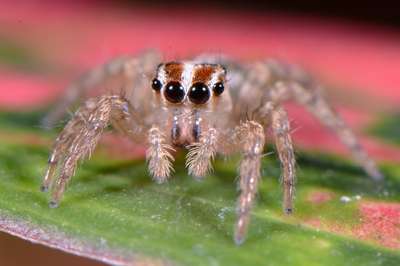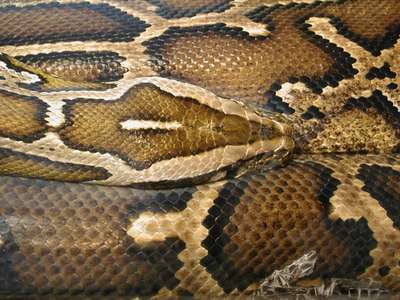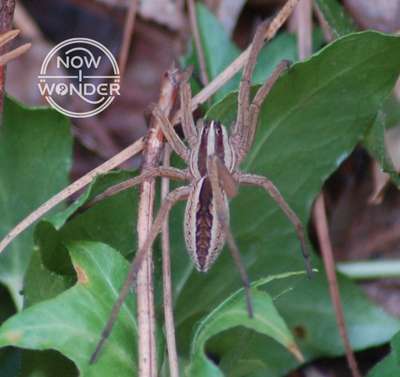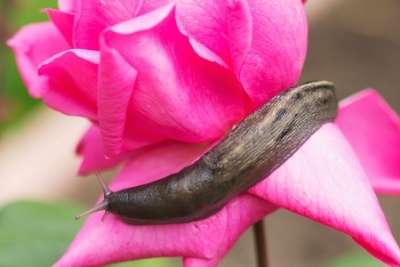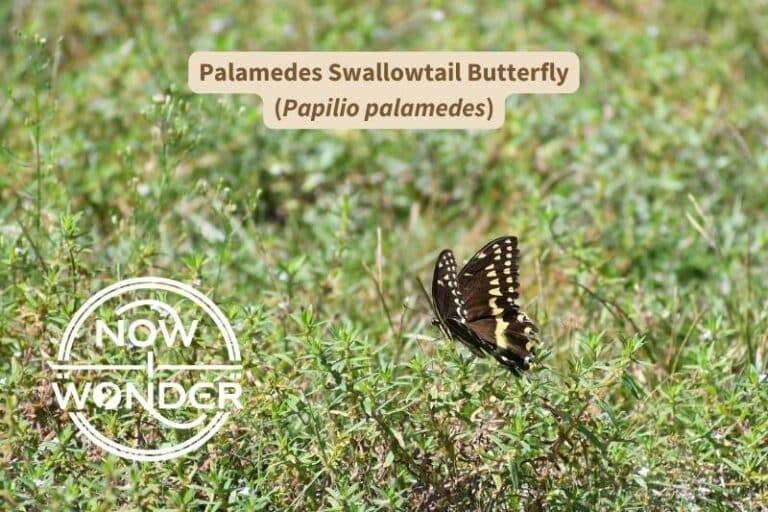Fast, vividly colored in black and white stripes with bright blue tails, and with a penchant for hanging out in sunny places, Five-lined Skinks are small lizards which can be found in close proximity to humans throughout the southeastern United States. This post discusses their lifestyle and a fascinating survival strategy.
Where do five-lined skinks live?
Five-lined skinks are found through North America and are common in the southeastern United States. They live on the ground, usually near fallen logs or rocks near vegetation that provides cover from predators. They are active during the summer months and hibernate during the winter.
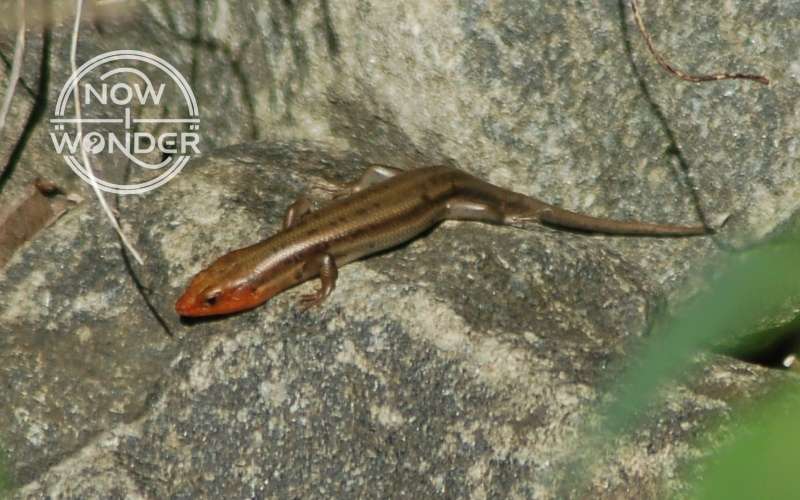
How to find a five-lined skink
Five-lined skinks are diurnal and like to bask in the sun. Look for them on exposed rocks or pavement near trees or bushes that can provide quick and easy cover from predators. Because they are reptiles, they move faster when warm and thus may venture farther from cover in hotter temperatures.
Skinks are active during the day so are most likely to be seen out in the open on warm days when the sun is strong. Lizards can’t run as fast when they are cool, so skinks will stay closer to cover during cooler temperatures and flee sooner when approached.
Skinks are skittish and very fast; try to move quietly and avoid sharp movements to spot them before they dive for cover.
What do five-lined skinks do during the day?
During the day, five-lined skinks bask in the sun, hunt for food and avoid predators. When not basking, they forage for insects and other invertebrates such as spiders and snails. They will flee and hide when threatened and retreat under cover if they catch something they can’t swallow in one gulp.
What do five-lined skinks do at night?
At night, five-lined skinks hide under rocks or fallen logs and sleep. They are vulnerable to nocturnal predators because their senses function best in daytime conditions and because their reaction times slow during cooler temperatures, making it harder for them to spot and elude predators.
What do five-lined skinks eat?
Five-lined skinks are ground hunters and prey on insects such as grasshoppers, crickets, beetles, butterflies, caterpillars, ants, and cockroaches. They also eat earthworms, snails and spiders such as harvestmen. Large skinks may also eat baby mammals like mice and even other, smaller skinks.
What eats five-lined skinks?
Predators of Five-lined Skinks include birds such as hawks and owls, snakes, and several mammals including weasels, Norway Rats, domestic cats, coyotes, foxes, raccoons, and skunks. Skinks are alert, agile, and fast, and can bite; predators must be fast enough to catch them by surprise.
Are five-lined skinks territorial?
Five-lined skinks do not defend set territories but during mating season in spring and early summer, males will fight to win females. The victorious male will often guard his female mate and attack other males for about a month after copulation to ensure that his sperm fertilizes the eggs.
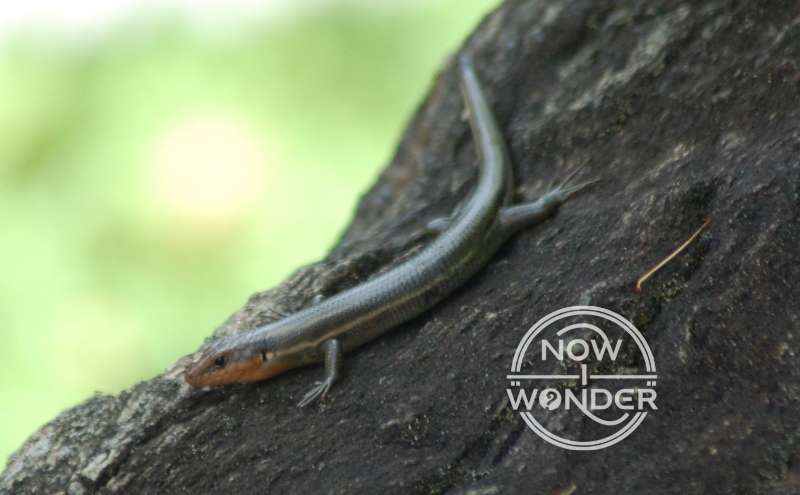
How do five-lined skinks reproduce?
In spring, a female five-lined skink produces pheromones that attract males. A male fertilizes the eggs during mating using one of his two sexual organs. The female lays eggs in a nest on the ground. She may care for them before they hatch but provides no parental care to the hatchlings.
Size makes a difference in skink reproduction for both sexes. Males fight over females and the larger, stronger males usually win the battles; females generally prefer larger, stronger males as their condition implies strong genes that will give her future young the best chance of survival.
Likewise, larger females can physically produce more eggs. Male five-lined skinks will select larger females when they have a choice to maximize their reproductive success.
A male skink has a pair of copulatory organs called “hemipenes” but he only uses one of the two during mating. (Aspinall 2020) Eggs are fertilized internally within the female, who prepares a nest in moist soil or a rotting log and lays about 6 to 12 eggs in June or July. Larger females lay more eggs and a female will lay only one clutch of eggs per breeding season.
A female five-lined skink will guard the nest against predators as best she can and will void on the eggs if she senses the humidity level is getting too low (Martof et al. 1980). The eggs hatch in about 4 to 6 weeks depending on location. Hatchlings are about 2.5 to 3 inches (6.4-7.6 cm) long when they emerge from the eggs and receive no care from the female.
Like other reptiles, five-lined skinks grow by shedding their skin in a process called “ecdysis” (Aspinall 2020). Skink skin consists of a thin epidermis and thicker dermis layer.
The epidermis contains a form of keratin and forms the scales. In skinks, the scales are very smooth, giving them a shiny appearance. As the skink’s body grows, new scales grow beneath the old until its skin eventually splits open. The old skin usually sloughs off in one piece and stays right side out, unlike snakes whose skins roll inside out during shedding. The dermal layer has cells called “chromatophores” which give skinks their colors.
How long do five-lined skinks live?
It is difficult to determine the lifespan of skinks in the wild but they likely live up to four years if not killed. Both sexes hibernate in sheltered spaces over the winter, emerging in the spring when the temperatures warm. Both males and females reach sexual maturity in their second year.
Can five-lined skinks see?
Skinks can see quite well in day light as their eyes are adapted to their diurnal lifestyle. Their eyelids can move and shield their eyeballs when blinking, their pupils expand or contract as needed in response to changes in light levels and the eyes themselves contain both rods and cones.
Can five-lined skinks smell?
Five-lined skinks can smell by using their noses and special chemosensory structures located in the roofs of their mouths called “Jacobson’s Organs”. Skinks flick their tongues out into the air to collect molecules of air, then touch these organs to the smell potential mates, predators and prey.
Can five-lined skinks hear?
Five-lined skinks can hear but it is not their primary sense. They have two ears made up of tympanic membranes that vibrate in response to sound waves. Fresh membranes grow underneath the existing ones as the skink grows and the old membranes are periodically shed along with the skin.
Can five-lined skinks climb trees?
Five-lined skinks can climb rough, vertical surfaces using their claws for traction when necessary but climbing is usually a last resort. These skinks are terrestrial and prefer to remain on the ground. When threatened, they will dart into the nearest ground cover rather than run up trees.
Can five-lined skinks swim?
Five-lined skinks can swim but will flee into water only if unable to reach cover beneath a sturdy object. Their feet and toes are long and thin so propulsion when swimming comes mainly from undulating their long bodies and tails; tailless skinks are at a disadvantage in the water.
How fast can five-lined skinks run?
Five-lined skinks can run almost four feet per second (1.2 meters per second) when they are at their preferred body temperatures. Their back legs are more powerful than their front legs and propel them from the rear. As they run, their bodies and tails flex and the sinuous movement drives momentum.
Skinks have very flexible bodies and long, whip-like tails. When they run, they move their legs rapidly in alternating, diagonal pairs so that two legs are always contacting the ground to provide propulsion. As speed increases, the body flexes more and more to the sides (Baquedano 2012) and the tail counterbalances the body movement which helps the animal increase its speed.
A tailless skink is at a disadvantage because it can’t run as fast without the added mechanical advantage provided by the tail.
Skinks are reptiles and reptiles are ectotherms, which means their body temperatures respond to air temperature; warmer temperatures make it easier for skinks to move quickly. A fascinating study showed that the sprinting speed of Five-lined Skinks increase as temperatures increase, with a top speed achieved at 77 degrees Fahrenheit (25 degrees Celsius) (Watson 2012).
Skinks are limited in the defensive abilities; their only option for counter-attacking a predator is to bite with their strong jaws, which isn’t very successful. They rely on fleeing to escape and adjust how far they move from protective cover based on air temperature (Cooper 2011).
When the temperature is cooler, a skink will stay closer to cover and venture further only when the air temperature is warm enough to support maximum straight-line sprinting speed.
Do five-lined skinks bite?
Five-lined skinks can and will bite when handled. They have sharp, conical teeth along the biting edges of both their upper and lower jaws and their jaw muscles exert strong bite force for the relative size of the animal. Skinks should never be handled or restrained except by professionals.
Related Now I Wonder Posts
To learn more about lizards, check out these other Now I Wonder posts:
For more information about snails and slugs that some lizards prey upon, check out these other Now I Wonder posts:
- What are slugs?
- What do slugs eat?
- What is the large spotted slug called?
- What is the difference between slugs and snails?
References
Aspinall V, Cappello M. 2020. Lizards. In: Introduction to animal and veterinary anatomy and physiology. 4th ed. CABI.
Baquedano E, McCarthy C. Lizard locomotion. DK Eyewitness Books: Reptiles. 2012. 2nd ed. Dorling Kindersley Publishing, Inc.
Cooper WE. 2011. Pursuit deterrence, predation risk, and escape in the lizard Callisaurus draconoides. Behav Ecol Sociobiol 65, 1833. [Internet]. [cited 16 June 2022]. https://doi.org/10.1007/s00265-011-1191-5
Martof B, Palmer W, Bailey J, Harrison III J. 1980. Amphibians and reptiles of the Carolinas and Virginia. Chapel Hill (NC). The University of North Carolina Press.
Watson C, Formanowicz D. 2012. A comparison of maximum sprint speed among the Five-lined Skinks (Plestiodon) of the southeastern United States at ecologically relevant temperatures. Herpetological Conservation and Biology [Internet]. [cited 2022 June 16]. Available from: https://www.researchgate.net/publication/267959206_A_comparison_of_maximum_sprint_speed_among_the_Five-Lined_Skinks_Plestiodon_of_the_southeastern_United_States_at_ecologically_relevant_temperatures
[Wikipedia] Wikipedia. [2022 June 12]. Plestiodon fasciatus [Internet]. Wikipedia [cited 2022 June 16]. Available from: https://en.wikipedia.org/wiki/Plestiodon_fasciatus

